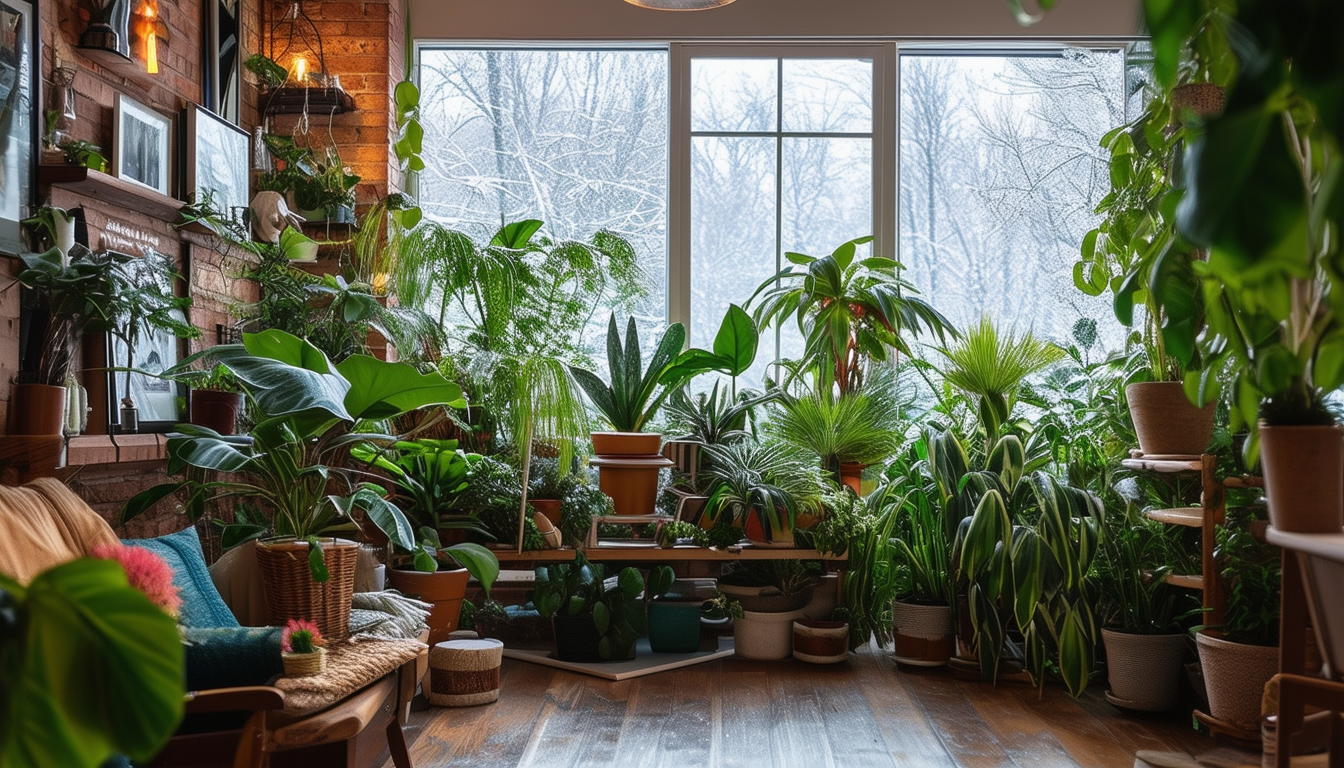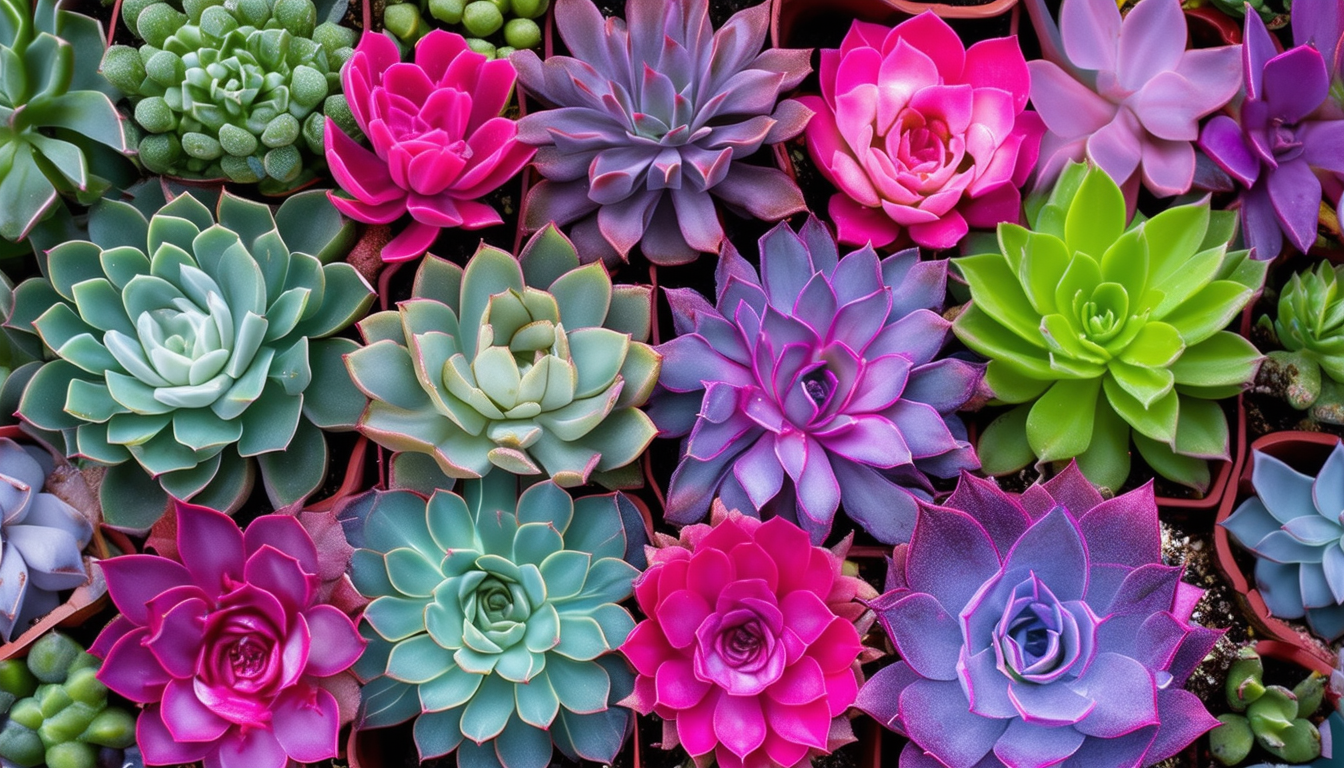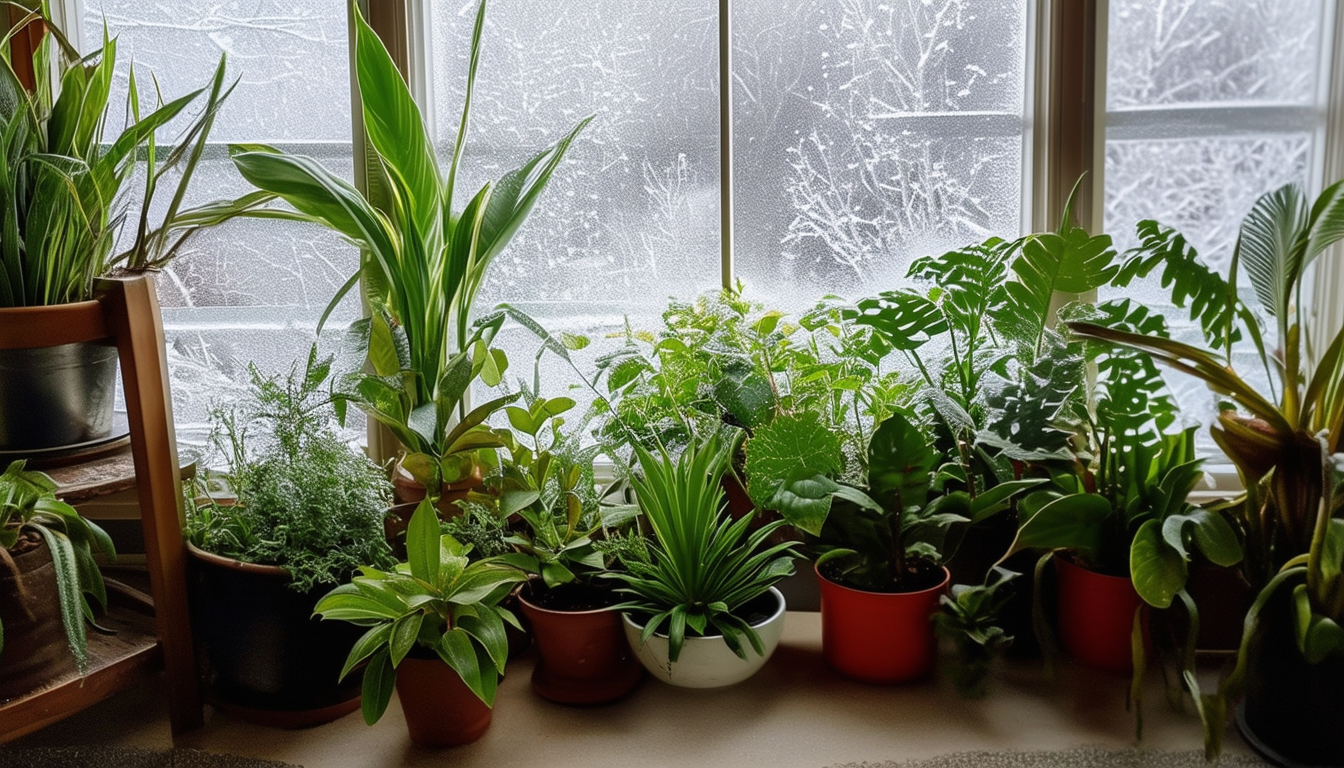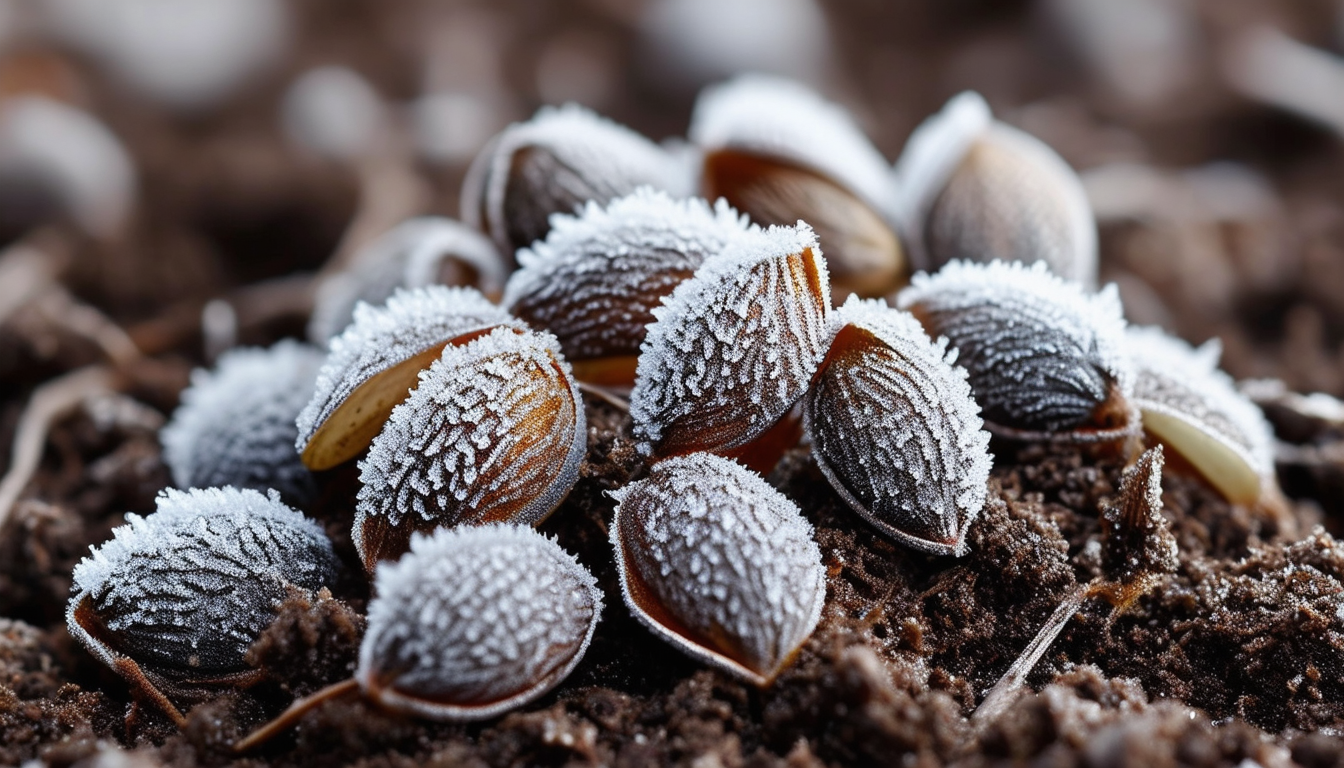
Keep your houseplants thriving even in the harshest winter conditions with these expert tips and tricks.
Understanding Your Houseplants' Winter Needs
As the seasons change, the needs of your houseplants also shift. During winter, houseplants typically enter a period of dormancy or slowed growth due to reduced light levels and cooler temperatures. It's essential to understand these changes to provide appropriate care. Knowing the specific requirements of each type of houseplant can make a significant difference in their health and longevity.
Different plants may have unique needs; for example, tropical plants may require different conditions compared to succulents or cacti. It's crucial to research and tailor your care routine to each plant's specific requirements.
Adjusting Light Conditions for Optimal Growth
Light is a critical factor for houseplants, especially during the shorter days of winter. Many houseplants will require more light than they can get naturally during this season. Consider moving your plants closer to windows or investing in grow lights to supplement natural light.
Regularly clean your windows to maximize the amount of natural light entering your home. Rotate your plants every few days to ensure all sides receive equal light exposure, promoting even growth.
Managing Temperature and Humidity Levels Indoors
Houseplants are sensitive to temperature fluctuations and humidity levels. During winter, indoor heating can create a dry environment, which can be detrimental to many plants. Aim to keep your home's temperature stable and avoid placing plants near drafts, heaters, or cold windows.
To maintain adequate humidity, consider using a humidifier or placing a tray of water near your plants. Grouping plants together can also help create a microenvironment with higher humidity.
Watering and Feeding: Best Practices for Winter
Overwatering is a common issue during winter because plants generally need less water as their growth slows down. Allow the top inch of soil to dry out before watering again. Ensure your pots have proper drainage to prevent water from accumulating at the bottom.
Feeding should also be reduced during winter. Most houseplants do not need as much fertilizer during their dormant period. It's best to cut back on feeding or use a diluted solution to avoid over-fertilizing.
Preventing Pests and Diseases During the Cold Months
Winter can be a challenging time for houseplants as they can become more susceptible to pests and diseases due to the indoor environment. Regularly inspect your plants for any signs of pests such as spider mites, aphids, or mealybugs.
Maintain good air circulation around your plants to prevent fungal diseases. If you notice any issues, treat them promptly with appropriate insecticides or natural remedies.
Should I dust leaves?
Dusting leaves is essential as it helps the plants to photosynthesize more efficiently. Dust can block sunlight and reduce the plant's ability to generate energy. Use a damp cloth to gently wipe the leaves, supporting your plant’s overall health.
Regular dusting also gives you an opportunity to inspect the leaves for any signs of pests or diseases.
What about root rot and overcrowding?
Root rot is a common problem in winter due to overwatering and poor drainage. Ensure your pots have adequate drainage and avoid letting your plants sit in waterlogged soil.
Overcrowding can lead to poor air circulation and increased susceptibility to pests and diseases. If your plants have outgrown their pots, consider repotting them in early spring when they begin to grow actively again.
Commonly asked questions
Do you fertilize indoor plants in winter? Generally, it's best to reduce or stop fertilizing houseplants during winter as their growth slows down.
Can houseplants recover from cold damage? Yes, many houseplants can recover if the damage is not severe. Trim off damaged areas and provide optimal care.
Can you repot houseplants in the winter? It's best to wait until spring when plants start to grow actively again.
Does misting plant leaves help? Misting can help increase humidity but may not be sufficient for all plants.
When should I start fertilizing my indoor plants again? Resume fertilizing in spring when new growth appears.
What is the best fertilizer for winter? Use a balanced, diluted fertilizer sparingly if needed.
How to revive a frozen houseplant? Gradually warm the plant and avoid direct heat. How cold is too cold for most houseplants? Most houseplants prefer temperatures above 55°F (13°C).
How to tell if a plant is cold? Signs include wilting, discoloration, and leaf drop.
What plants should you not mist? Avoid misting plants with hairy leaves like African violets.
How to spray the underside of leaves? Use a fine mist spray bottle and gently lift the leaves.
How to make a pebble tray for houseplants? Fill a tray with pebbles and water, placing the plant pot on top without touching the water.
What does cold shock look like in plants? Symptoms include shriveled leaves and blackened tips.
Should I remove frost damaged leaves? Yes, trim off damaged leaves to prevent disease.
How to revive a plant that got too cold? Slowly acclimate it to warmer conditions.
Use a balanced fertilizer with micronutrients. When to start nitrogen blitz? Begin in early spring for optimal growth.



